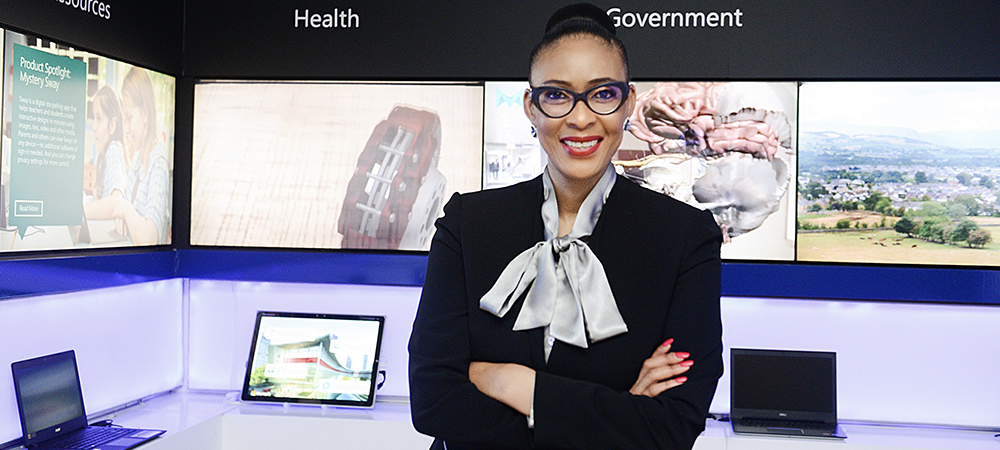Microsoft has added 13 new African languages to its Microsoft Azure Cognitive Services Translator, enabling text and documents to be translated to and from these languages across the entire Microsoft ecosystem of products and services.
Sesotho, Southern Sotho, Sesotho sa Leboa, Northern Sotho, Setswana, Tswana and Xhosa are the latest of South Africa’s official language to be supported, following last year’s release of Zulu. The other languages are chiShona, Hausa, Igbo, Kinyarwanda, Lingala, Luganda, Nyanja, Rundi and Yoruba.
This brings the total number of supported languages to 124 and adds language support for millions of people in Africa and worldwide.
“This release highlights our mission to build meaningful cognitive products and services that improve accessibility and empower local communities. As the benefits and value of translation support become more evident, particularly for African languages, we will see it help break down language barriers and enable more people to connect with each other and technology in a way that empowers them to do and achieve more,” says Lillian Barnard, CEO of Microsoft South Africa.
Integrations across Microsoft’s ecosystem include Microsoft 365 for translating text and documents, the Microsoft Edge browser and Bing search engine for translating whole webpages, SwiftKey for translating messages, LinkedIn for translating user-submitted content, and the Translator app for having multilingual conversations on the move, among others.
Using Translator, people and organisations can add African languages’ text translation to apps, websites, workflows, and tools; or use Translator’s Document Translation feature to translate entire documents, or volumes of documents, in a variety of different file formats preserving their original formatting.
They can also use Translator with Cognitive Services such as Speech or Computer Vision to add additional capabilities such as speech-to-text and image translation into their apps. Educators can create a more inclusive classroom for both students and parents with live captioning and cross-language understanding.?
Translator aims to break the language barrier between people and cultures all over the world. To achieve this, Microsoft has continuously added languages and dialects to this service while ensuring the translation quality of the supported languages by using the latest neural machine translation, NMT techniques.
The company, through its Microsoft Research unit, first developed machine translation systems more than a decade ago – and has consistently built on and improved these systems and techniques, adopting NMT technology as Artificial Intelligence, AI evolved and migrating all machine translation systems to neural models to improve translation fluency and accuracy.
Working with partners in language communities who can help gather data for specific languages and who have access to human-translated texts also helps to overcome the challenge of obtaining enough bilingual data to train and produce a machine translation model. This network of partners help collect bilingual data, consult with community members and evaluate the quality of the resulting machine translation models.
These ever-improving capabilities make it possible for businesses to expand their global reach, enabling them to communicate with customers and partners across languages and localise content and apps quickly, reliably, and affordably.
“The addition of new African languages means that more people are able to connect and that language will become a seamless feature of using technology,” says Barnard. There are plans to add more of the continent’s most widely spoken languages as part of Microsoft’s mission to build meaningful cognitive products and services that improve accessibility and local engagement.
Click below to share this article

